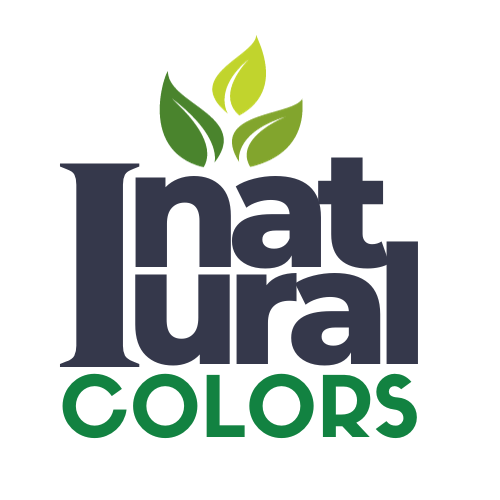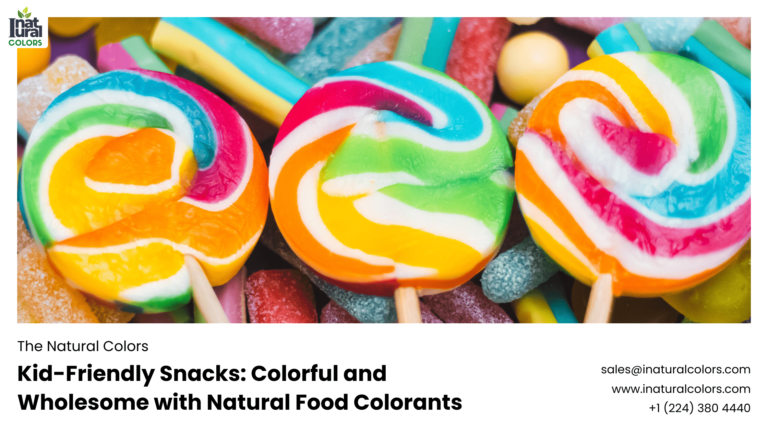Beautiful Plants For Your Interior

A Beginner’s Guide to Using Granular Dyes
Granular dyes have become an essential component in various industries, from textiles to food and cosmetics. For beginners, navigating the world of granular dyes can be overwhelming. This guide will walk you through everything you need to know about using granular dyes, including their benefits, applications, and tips for getting the best results.
What Are Granular Dyes?
Granular dyes are concentrated pigments that come in a powdered or granular form. Unlike liquid dyes, granular dyes need to be dissolved in a solvent before use. They are favored for their stability, ease of handling, and extended shelf life.
Key Characteristics:
- Concentration: Granular dyes are highly concentrated, allowing for precise control over color intensity.
- Solubility: These dyes are designed to dissolve easily in solvents or media used in different applications.
- Versatility: They can be used across a wide range of industries, including textiles, food and beverage, and cosmetics.
Benefits of Granular Dyes
- High Concentration and Efficiency: Granular dyes offer a high concentration of color, which means a smaller quantity is needed to achieve the desired shade. This can be cost-effective and reduce the need for frequent reapplication.
- Extended Shelf Life: Compared to liquid dyes, granular dyes generally have a longer shelf life. This is because they are less prone to degradation and contamination.
- Stability: Granular dyes are stable under various conditions, making them suitable for long-term use in products that may be exposed to different environments.
- Customizability: The concentration of granular dyes can be adjusted to meet specific color requirements, giving users greater control over the final product.
Applications of Granular Dyes
1. Textiles: Granular dyes are widely used in the textile industry for dyeing fabrics. They are ideal for achieving vibrant colors and can be used in various dyeing processes, including batch dyeing and continuous dyeing.
2. Food and Beverages: In the food industry, granular dyes are used to color products such as candies, beverages, and baked goods. These dyes are carefully regulated to ensure they are safe for consumption.
3. Cosmetics: Granular dyes are also used in cosmetics to provide color to products like lipsticks, eyeshadows, and nail polishes. They are chosen for their ability to provide consistent color and their stability in formulations.
4. Industrial Applications: Granular dyes are utilized in various industrial processes, including the coloring of plastics, coatings, and paper.
How to Use Granular Dyes
Using granular dyes involves several key steps to ensure that the final product meets quality standards. Here’s a step-by-step guide:
**1. Preparation:
- Safety First: Always wear appropriate protective equipment, such as gloves and masks, when handling granular dyes.
- Workspace: Ensure you are working in a well-ventilated area to avoid inhaling any dust particles.
**2. Dissolving the Dye:
- Choosing a Solvent: Select a solvent that is compatible with the dye and the application. Common solvents include water, alcohol, and oil.
- Mixing: Gradually add the granular dye to the solvent while stirring continuously. This helps prevent clumping and ensures that the dye dissolves evenly.
- Testing: Perform a small test to check the solubility and color intensity. Adjust the concentration if necessary.
**3. Application:
- Textiles: For fabric dyeing, immerse the fabric in the dye solution and allow it to soak for the recommended time. Rinse thoroughly to remove any excess dye.
- Food and Beverages: Add the dye to the food or beverage during the manufacturing process. Ensure that the dye is evenly distributed for consistent color.
- Cosmetics: Incorporate the dye into the cosmetic formulation, mixing thoroughly to achieve uniform color.
**4. Storage:
- Keep Dry: Store granular dyes in a cool, dry place to prevent moisture absorption and maintain their quality.
- Seal Properly: Ensure that the container is tightly sealed to protect the dye from contamination and degradation.
Tips for Beginners
**1. Start Small: Begin with small quantities to test the dye and understand its properties. This will help you get a feel for the concentration and color effects.
**2. Follow Guidelines: Always follow the manufacturer’s guidelines for usage and safety. Different dyes may have specific instructions for optimal results.
**3. Experiment: Don’t be afraid to experiment with different concentrations and solvents to find the best combination for your needs.
**4. Document Results: Keep detailed records of your dyeing processes, including concentrations, solvents, and results. This will help you replicate successful outcomes and troubleshoot any issues.
**5. Seek Advice: If you encounter challenges, consult industry experts or reach out to the dye manufacturer for guidance and support.
Industry Trends and Statistics
The global colorants market is expected to grow significantly, with granular dyes playing a crucial role. According to a report by Grand View Research, the global colorants market size was valued at approximately $35 billion in 2022 and is projected to expand at a compound annual growth rate (CAGR) of 4.7% from 2023 to 2030. Granular dyes are expected to benefit from this growth due to their versatility and efficiency in various applications.
Textile Industry: Granular dyes are increasingly used in the textile industry due to their ability to produce vibrant colors and their compatibility with various fabric types.
Food Industry: The demand for natural and synthetic colorants in the food and beverage industry is rising, with granular dyes offering an effective solution for achieving consistent and appealing colors.
Cosmetics Industry: The cosmetics sector is experiencing growth, driven by increasing consumer demand for high-quality and long-lasting products. Granular dyes are favored for their stability and performance in cosmetic formulations.
Conclusion
Granular dyes are a versatile and efficient choice for a wide range of applications, from textiles to food and cosmetics. By understanding their benefits, applications, and proper usage, beginners can successfully incorporate granular dyes into their processes and achieve excellent results.
Whether you are dyeing fabrics, coloring food products, or formulating cosmetics, granular dyes offer precision and stability that can enhance the quality of your products.



